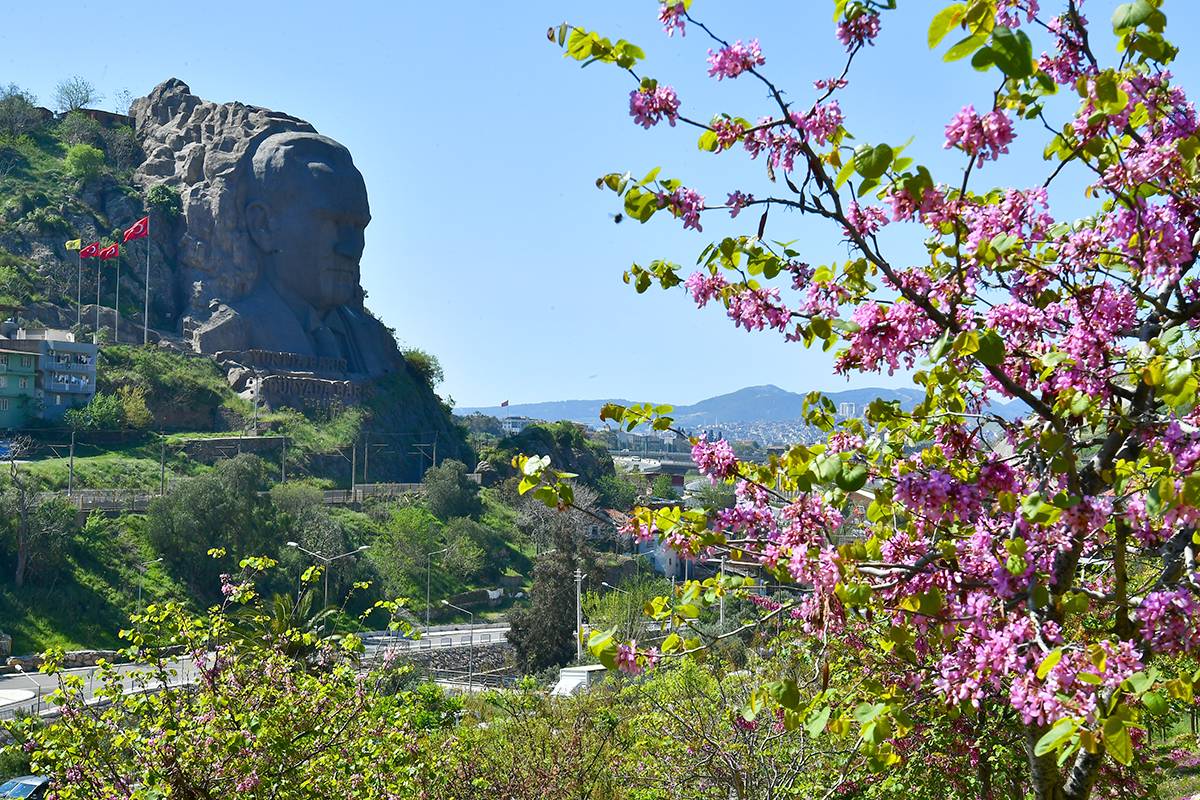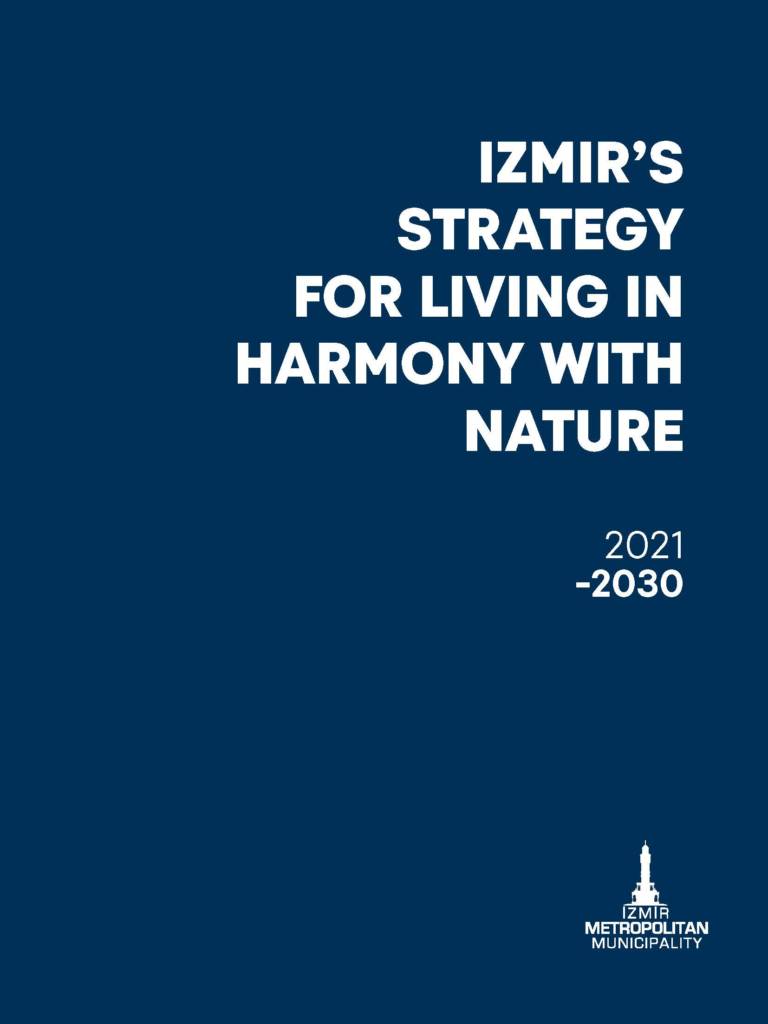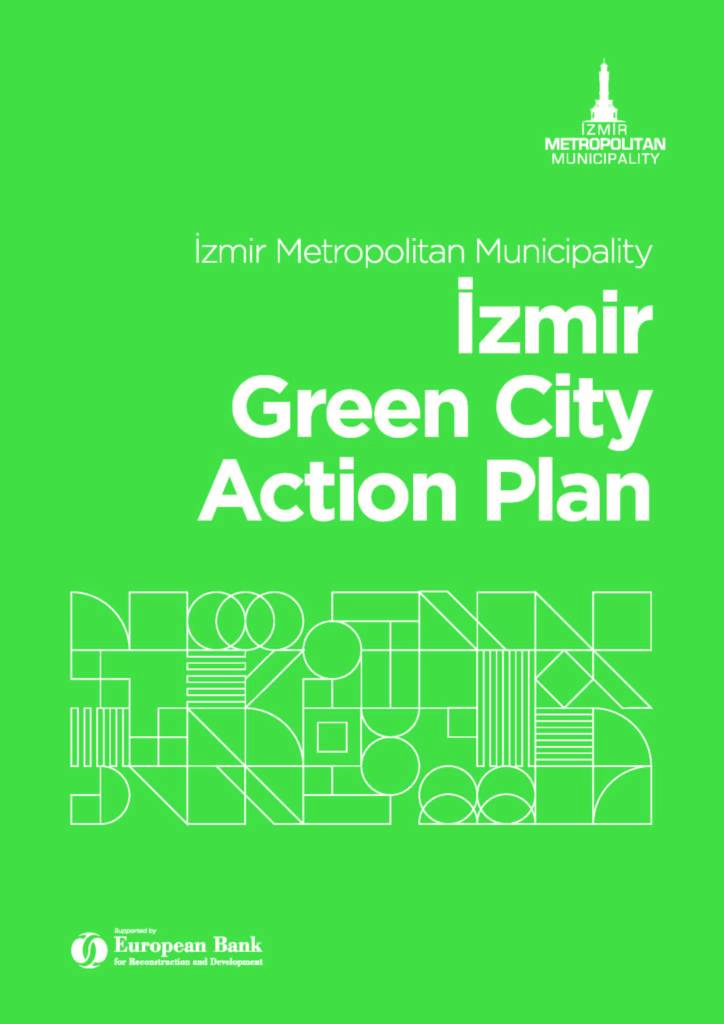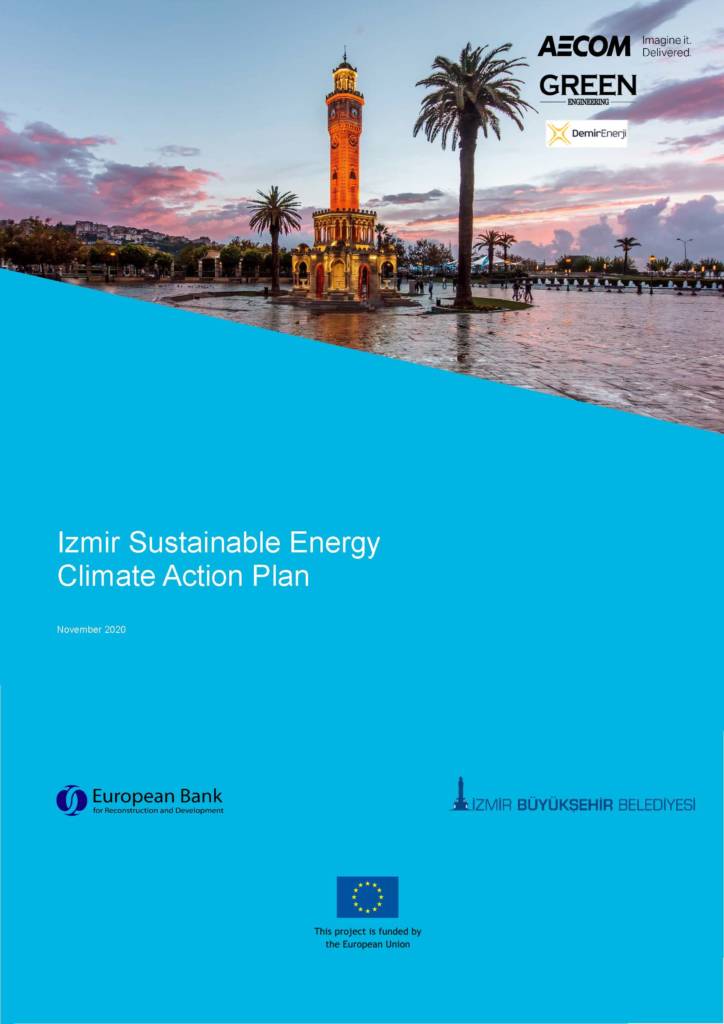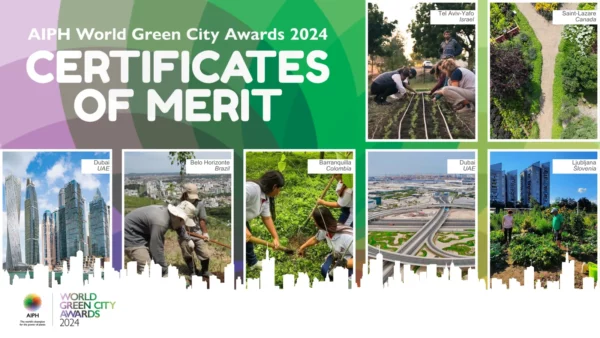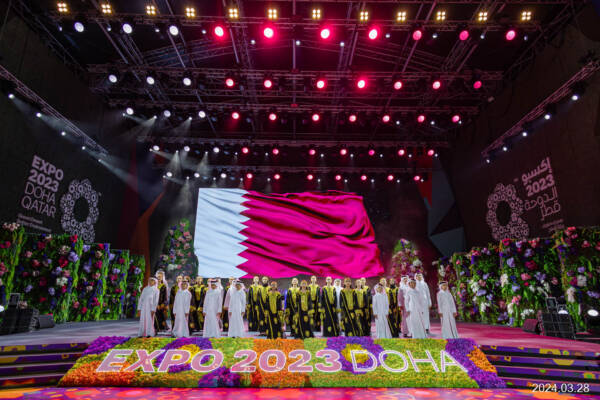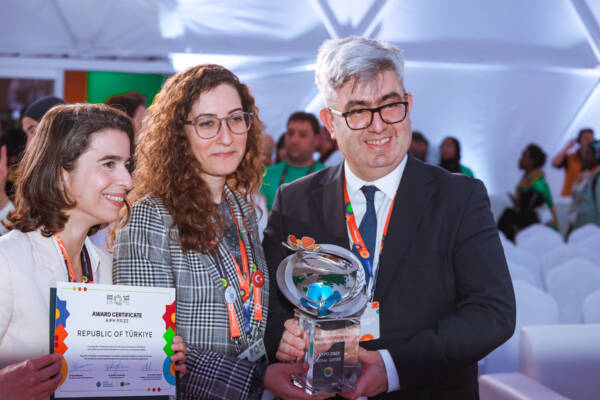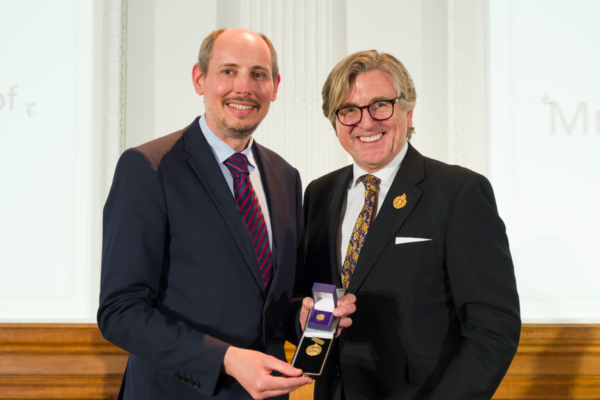The AIPH-approved International Horticultural Expo 2026 İzmir has the central theme of “Living in Harmony”, and it will take place in, Türkiye between 1 May and 31 October 31, 2026.
The Expo aims to attract 4.7million visitors and will include more than 200 events and more than 100 conferences and workshops.
The Expo will open the door to international trade for all producers in the sector, from seed to tree and contribute to the development and international recognition of İzmir. Its legacy will be part of a comprehensive urban revitalisation project for İzmir using nature-based solutions.
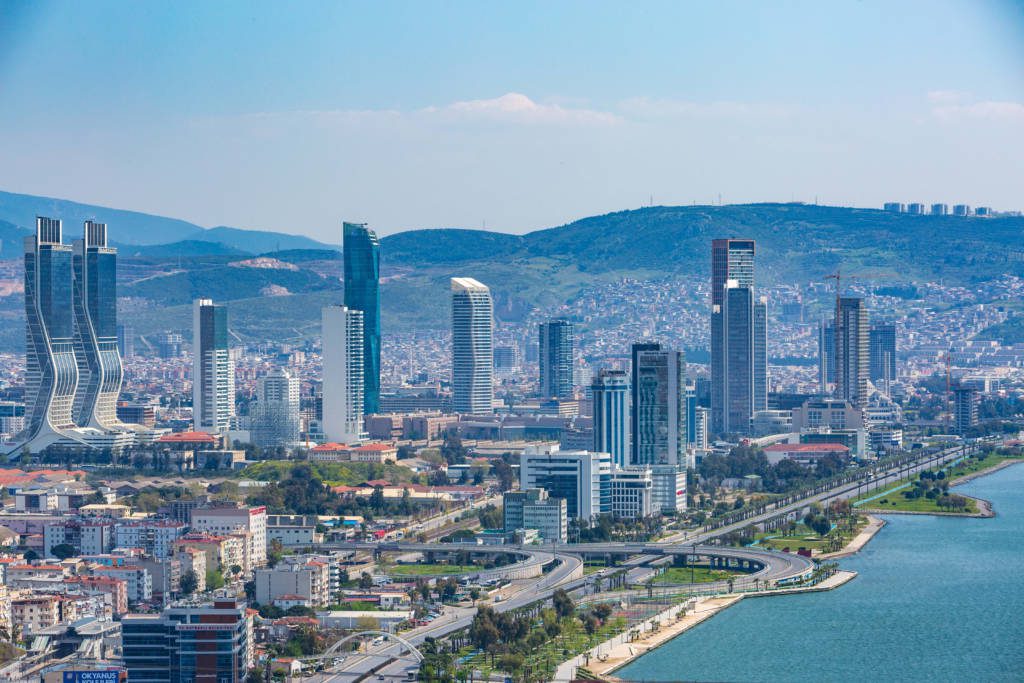

Living in Harmony with Nature
İzmir has a vision for a sustainable, zero-carbon emission city. The current strategic plan of the city is aligned with the UN’s 2030 Agenda of Sustainable Development Goals. The project is adding ten local goals following the 17 development goals of the United Nations. The main starting point is to increase welfare, to establish a local climate that expands its local potential. The cornerstone of the city’s focus is a democracy with a strong political commitment to green infrastructure.
The local goals are covered in the İzmir Metropolitan Municipality Nature-based living strategy. This vision aims to synthesise culture and nature while striving for innovation in methodology, such as nature-based solutions to tackle environmental problems.
In these three documents, you can read more about İzmir Metropolitan Municipality’s Nature-Based Living Strategy.
A green belt blueprint for Expo success
Guiding this vision to make the city and surroundings more liveable and resilient to climate change is the genuine success of the Peynircioglu Stream Ecological Corridor in Mavisehir, Halk Park, in the very heart of Izmir City, which opened in 2021. This green belt stretches over an area of 41,000 m2. It was supported by the EU’s Horizon 2020 UrbangreenUP, an EU-funded project.
İzmir Metropolitan Municipality created a green area of 15m2 around the stream, 26m2 of which consists of carbon-holding plants. Within the project’s scope, İzmirians planted 500 trees, 150 bushes and ground cover plants suitable for the Mediterranean climate. An earth-bearing system was created by removing some of the concrete surfaces on both sides of the 250-metres-long stream. Eight hundred thousand goose-foot plants were planted in these sections and other native vegetation to green the river sides. There are 16 wooden sun terraces, five wooden lounging units and seating units installed by the stream surrounded by a green fence made of various plants. Ten pollinators (insect) houses have also been placed in the area.
A permeable two-kilometre bicycle and walking paths have been built to allow rainwater to enter the ground and reduce the stream’s risk of flooding. In addition, a 500-metre jogging path was created from the natural material of tile semolina. This is an innovative raw material produced in Türkiye. The technical specifications are highly clayed soil, with a natural red colour that neither fades nor changes in time. Laying tile semolina saves moisture in the ground and minimises vaporisation. It prevents surface soil from spreading around by the wind. It also prevents insects from borrowing in the laid pathway. It covers the surface of the earth and prevents wild weeds from growing.
In the stream, fountains were placed to aid oxygenation, prevent pollution, and provide a beautiful view. Fruit is grown along an eight-square-metre fruit wall, ready for passers-by to pick.
This project is a finalist for the inaugural AIPH World Green City Awards 2022.
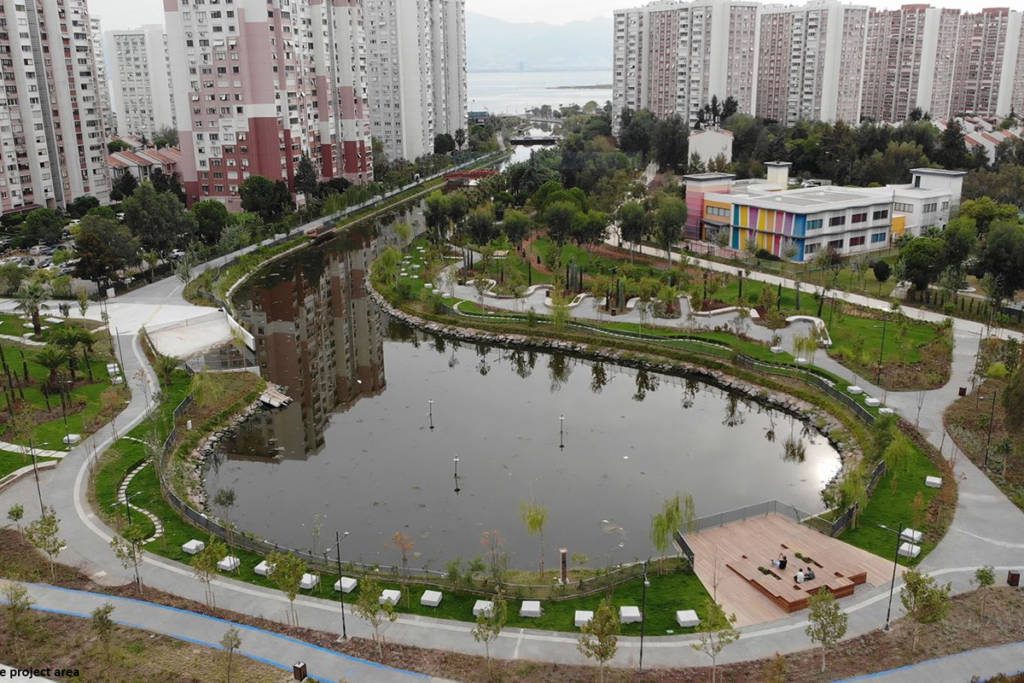

Nature-Based Living Strategy of İzmir
İzmir has a surface area of 12.019 km2 and records a population of 4.4 million inhabitants in the western part of Türkiye. The Turkish port city of İzmir has a history of connecting travellers from around the world, meeting at its harbour from the Aegean Sea for more than 8,500 years.
The roots of philosophy and horticulture were first planted here, by philosopher Anaxagoras, in 500BC, who is credited with making the first definition of a seed as one of the ascents of life on earth. Homer’s epic poems, Iliad and Odyssey, also record the oldest stories of humanity here.
İzmir has been an uninterrupted settlement since the Hellenistic Period. Its city was included in the UNESCO World Heritage Temporary List in 2020 due to its architectural heritage belonging to many different cultures.
The city is also a candidate for the UNESCO Natural World Heritage List because of the Gediz Delta, a confluence of the Gediz River with the Gulf of İzmir. The delta contains crucial features for the city that includes a unique variety of biodiversity, eco-system, and natural habitats for bird and marine life.
Currently, in İzmir, 91 per cent of its population lives in urban areas, while nine per cent live in rural areas. The city is also fast-growing and is threatened by air pollution, the heat island effect, heavy traffic, and loss of natural areas.


The Expo location will become a green corridor for İzmir
The Expo site, known locally as Yeşildere, is approximately 100 hectares. The landmark of the Expo Park will be the Atatürk Mask – a 42-metre high bust of Mustafa Kemal Atatürk, founder of modern Turkey, located in the Buca district north of İzmir. Moving south, it follows the 392,650m2 Meles Stream, a seasonal stream that passes through the Expo site towards the Gulf of İzmir, the Expo site’s Southern point, where a natural Mediterranean forest will be the entrance of the Expo Park.
The site is very close to the airport and has direct railway access to the airport and harbour. A new Metro station is to be established in the centre of the Expo site so that it will be accessible very quickly by public transport and a rail connection from the city centres to the airport.
On a map, currently, the proposed site has a highway dividing it into two parts. Also covering the Expo area are the busy commuter İZBAN line and Yeşildere Street. It is undoubtedly unique, but this is where the significant, green transformation following the Izmir Metropolitan Municipality’s Nature-based living Strategy of Izmir begins.
Using the success of the Peynircioglu Stream Ecological Corridor as the Expo’s blueprint, there will be nature-inspired interventions for social and environmental problems throughout the length of the Expo Park. It will create a massive and unique recreational area for the city and future generations.
The idea is to create green corridors allowing pedestrian access and ecological diffusion between the countryside and the urban part of the city. The nature-based solution is to use the river as a biological corridor to connect these parts, using shade-loving trees, natural flora, and indigenous vegetation to establish a landscape that will dampen the noise from the road and reduce the visual impact of traffic.
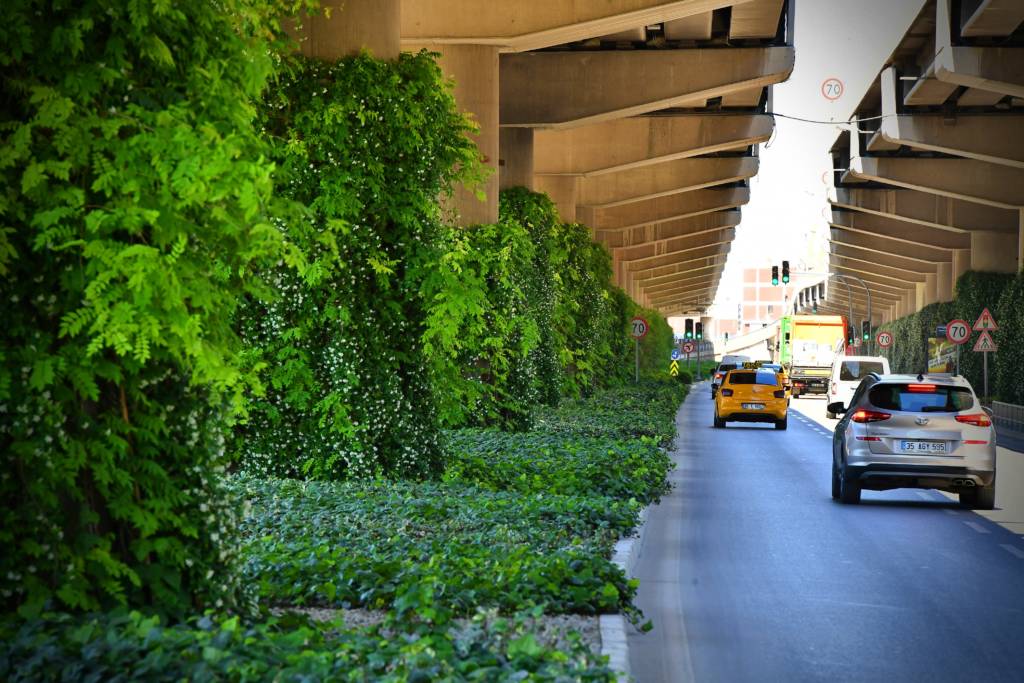

The Expo will showcase İzmir and plant producers in Türkiye
The Expo will be the lifeblood of plant producers in İzmir and Türkiye. It will showcase the industry on an international scale.
One of the leading actors of the Expo 2026 project will be İZFAŞ, a leading trade fair company in Turkiye for more than 40 years. It organises 31 international exhibitions and more than 100 events, welcoming 1.5 million visitors and 8,000 exhibiting companies annually.
The dedicated management team will coordinate the Expo 2026 project with other key city actors, including the Chamber of Commerce, the Chamber of Industry, the Stock Exchange, and Export unions in İzmir. The management team regularly reports to İzmir’s Metropolitan Municipality Mayor Tunç Soyer.
The Expo will reflect on four related themes, and central to these four themes is ‘living in harmony’. The first theme will be the origins of horticulture. The second will be seed resilience – connecting past, present and future. Third, the discussion will be on climate resilience and horticultural issues. Finally, the exhibition areas will be about the future of horticulture.
Also, due to İzmir’s diverse climate, three eco-systems will be explored – Asian, Mediterranean, and European. All three eco-systems are the homeland of many floras, plants, and crops from İzmir, which have shaped the world’s civilisation today.
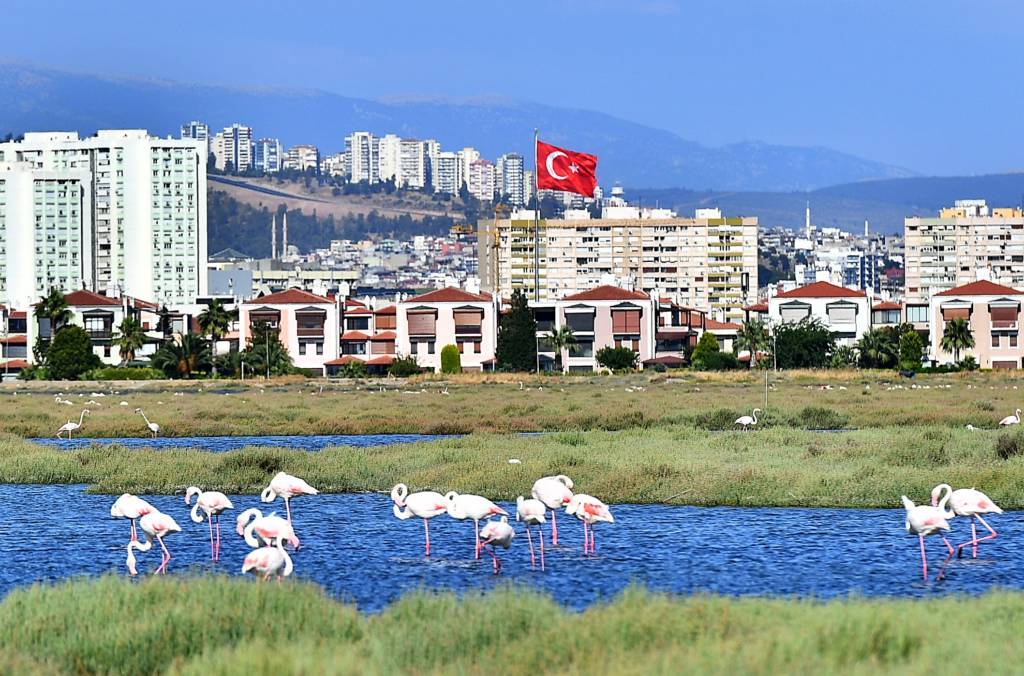

Watch on-demand
When İzmir’s Metropolitan Municipality Mayor Tunç Soyer attended the AIPH Spring Meeting in Dubai, he presented the Expo 2026 İzmir preparation updates. He said: “We will build an Expo area like no other. Where we can showcase living in harmony with each other and with nature.”
Watch on-demand below or view the presentation below.













